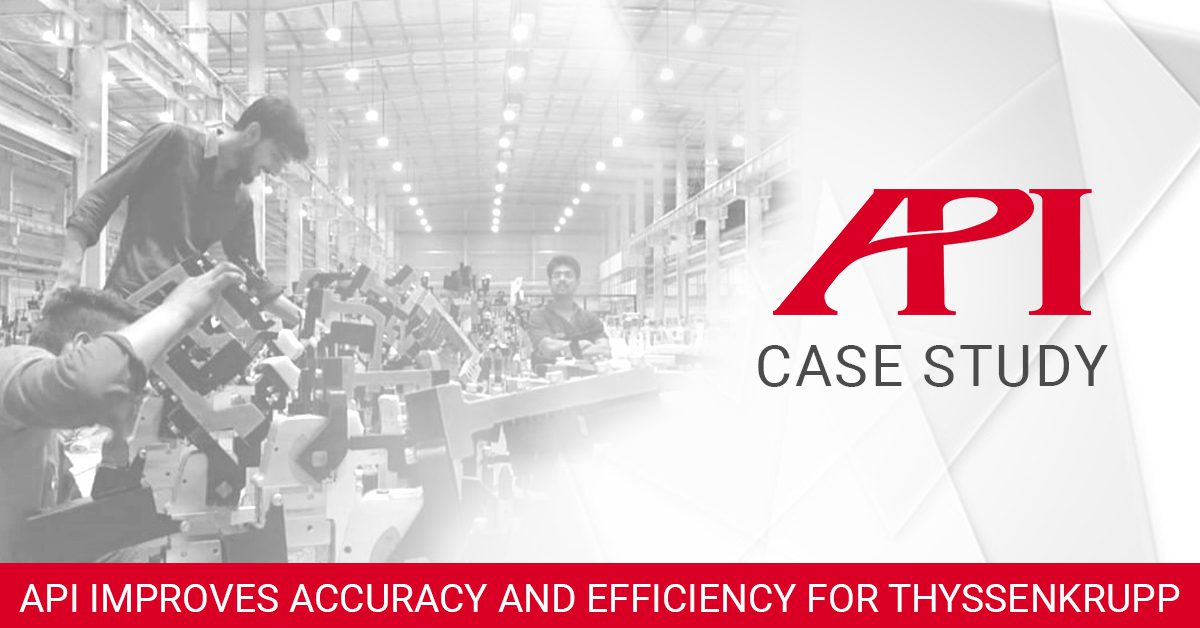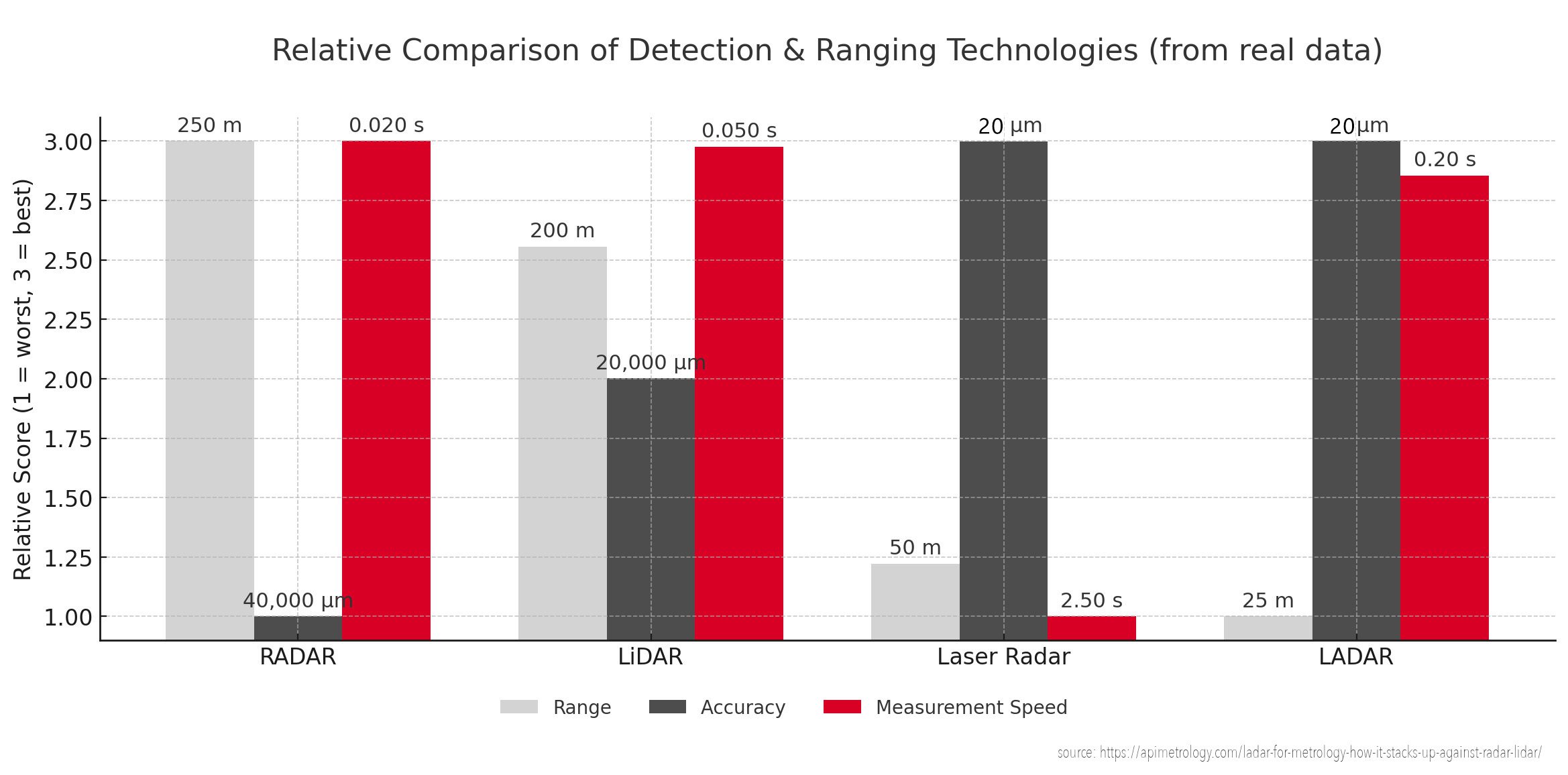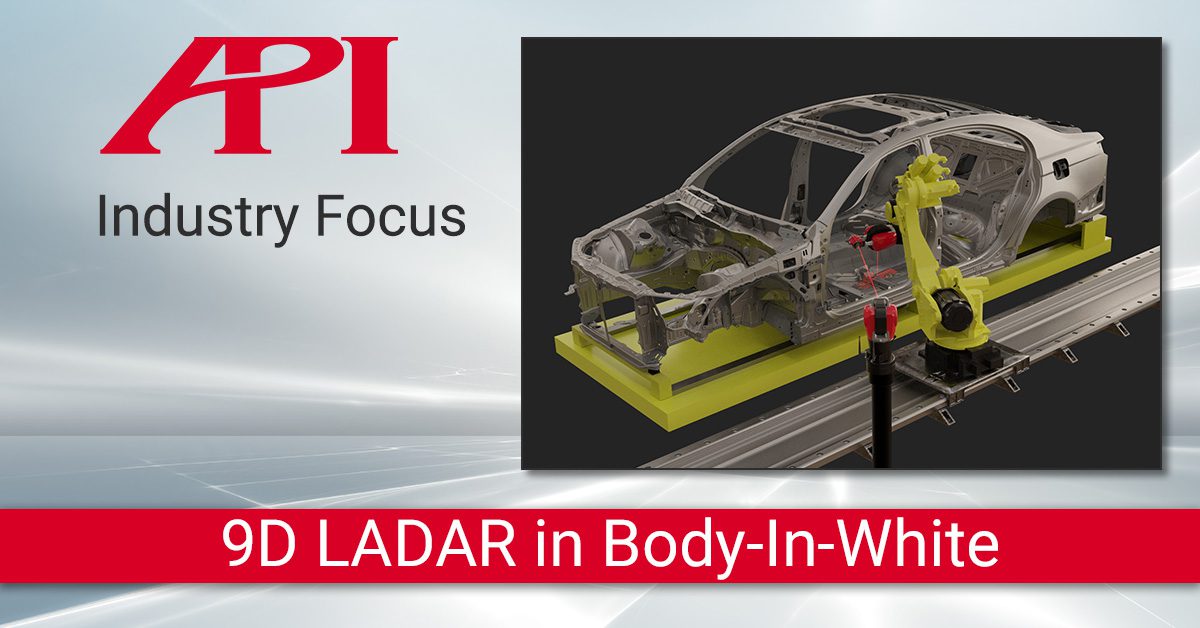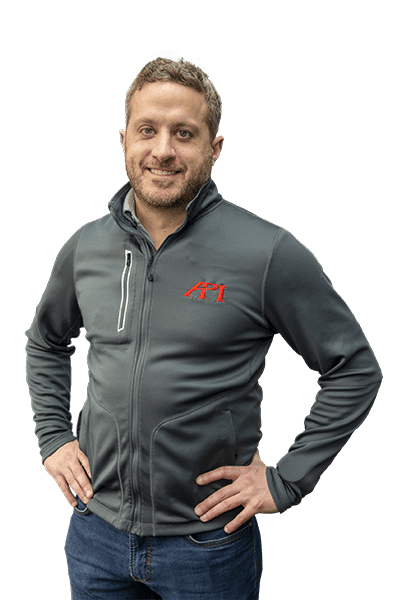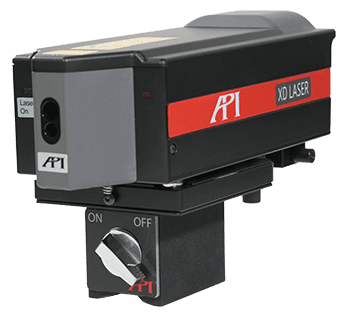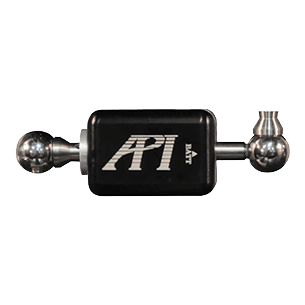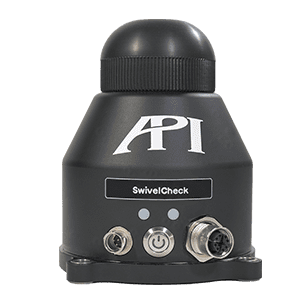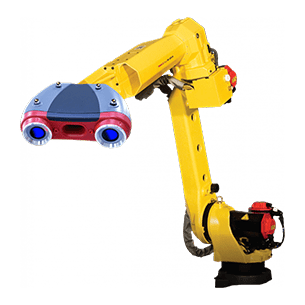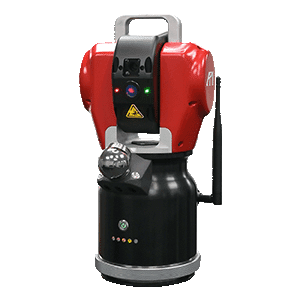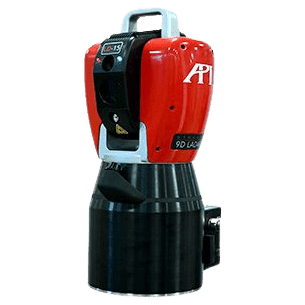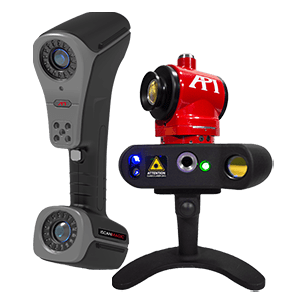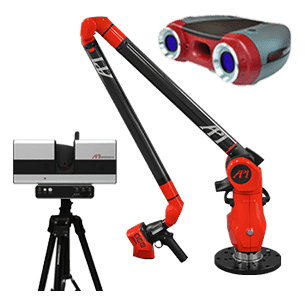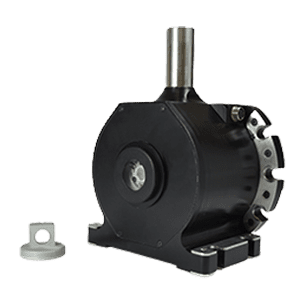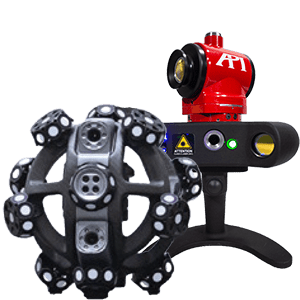Radian PRO and vProbe Assist with Body in White Underbody Fixtures and Skids
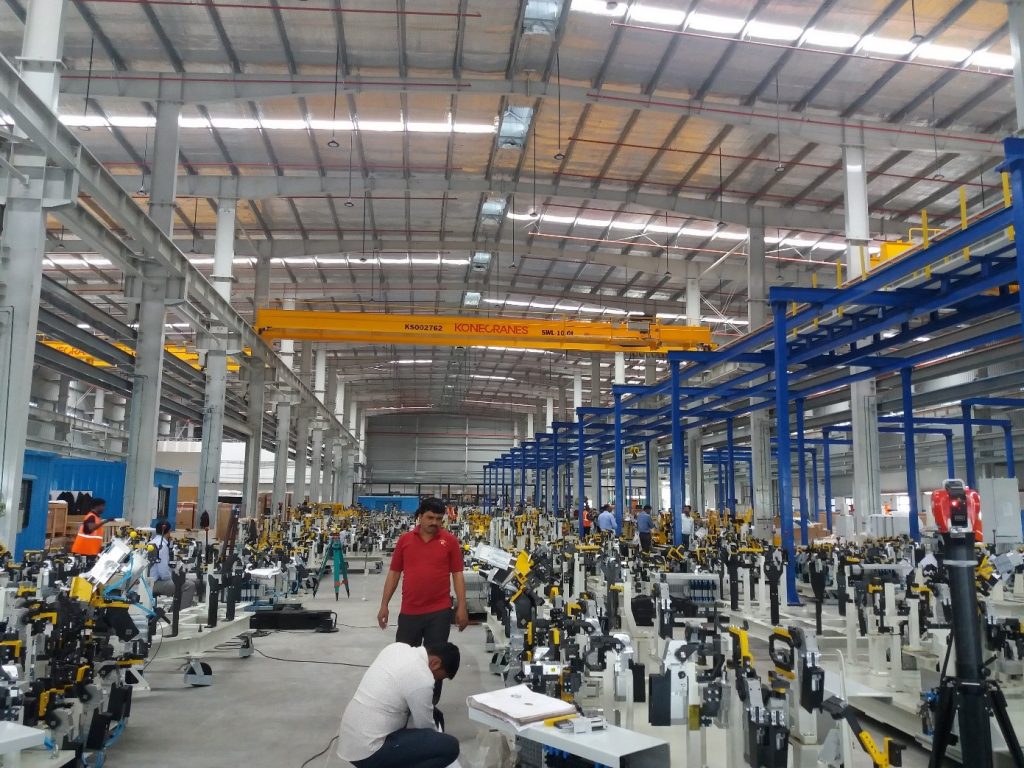
ThyssenKrupp is a German multinational conglomerate with focus on industrial engineering and steel production. In addition to steel production, ThyssenKrupp’s products range from machines and industrial services to high-speed trains, elevators and shipbuilding. In order to meeting increasing Automotive demand, ThyssenKrupp needed a faster, safer process for verifying fixtures and skids. Using Radian PRO and vProbe, the team at API Services was able to:
- Improve accuracy to within .1mm
- Eliminate possible damage to car parts from shimming
- Reduce downtime and opportunities for measurement error by simplifying the process
ThyssenKrupp is based in Duisburg and Essen and divided into 670 subsidiaries worldwide. It is one of the world’s largest steel producers; in 2015 it was ranked as the tenth-largest worldwide by revenue. The company is the result of the 1999 merger of Thyssen AG and Krupp, and now has its operational headquarters in Essen. Subsidiary ThyssenKrupp Marine Systems also manufacture frigates, corvettes and submarines for the German and foreign naval forces.
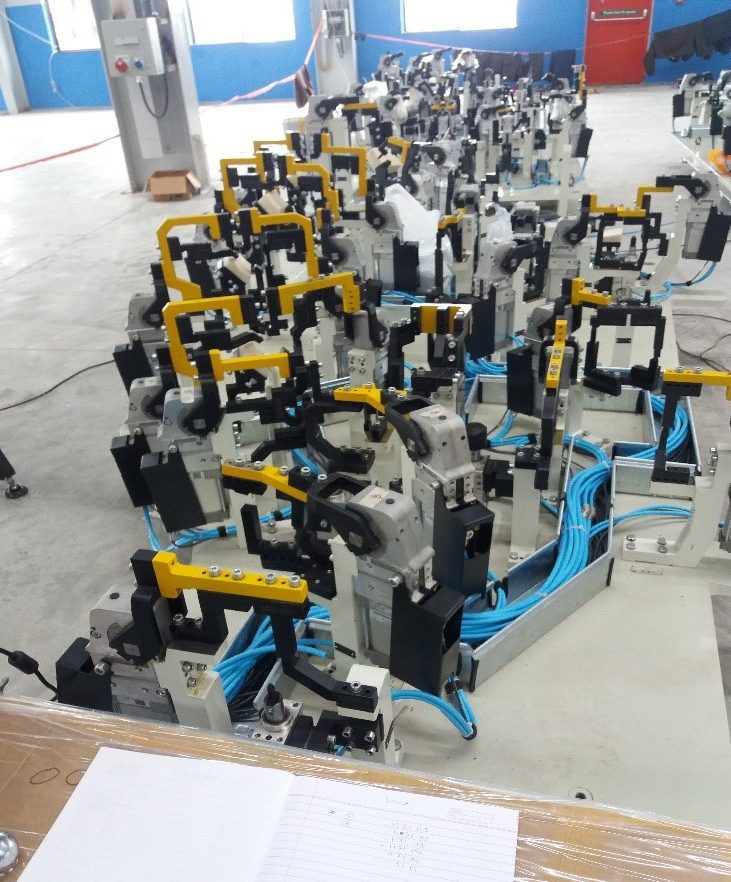
In order to complete their Body in White inspections at their Systems Engineering plant in India, ThyssenKrupp was using a Dumpy level to level their fixtures and skids on-site. This was more time consuming, provided a lesser accuracy and could rotate only in the horizontal axis, leading to human errors. Additionally, once parts were loaded onto the skid, filler gauges were used to check the gaps between the mylar face and body parts. Any necessary corrections were done by shimming, which could damage either the mylar faces fixture or the car body itself. These skids are used for transporting the car body from first stage to final stage on the main line, so when ThyssenKrupp wanted to improve the speed and accuracy of these essential processes, they turned to the team at API Services.
No strangers to daunting and complicated manufacturing projects, the team of experienced metrologists at API Services developed a plan for levelling, aligning, and verifying these underbody fixtures and skids on-site. For this project, they selected the 50m version of Radian PRO Laser Tracker and vProbe accessory with 300mm stylus. On site, the API team executed the following procedure to keep the mylars and pins at the best position for each fixture and skid.
API’s Radian PRO with vProbe are the best pair for measuring all dimensions in challenging conditions, The tracker’s 50-meter radial range can cover the whole fixture or skid in one location.
Levelling of the fixtures and skids was done by using the virtual plane/orient to gravity option in the software for levelling fixtures in vertical Z- axis. Here the alignment frame is created by plane-line-point (PLP) method, and then it is transferred to car with zero data given by the design team for the fixtures and skids. Once the fixture or skid was aligned with the tracker, then measurements were taken for mylars and pins with either a 1.5” SMR or vProbe. API Services compared these first readings with CAD data. If any deviation occurred, it was recorded, and the corrections were done by shimming. Contour surfaces were scanned with reflectors by the scanning option in the software and were then compared with the CAD data. If any deviations were observed in contour surfaces, they were also adjusted by shimming. Final measurements were then taken for verification and report. When the mylars, contours and pins were aligned properly, the respective sheet body model was kept on the fixture or skid, and it was tested by the ThyssenKrupp team.
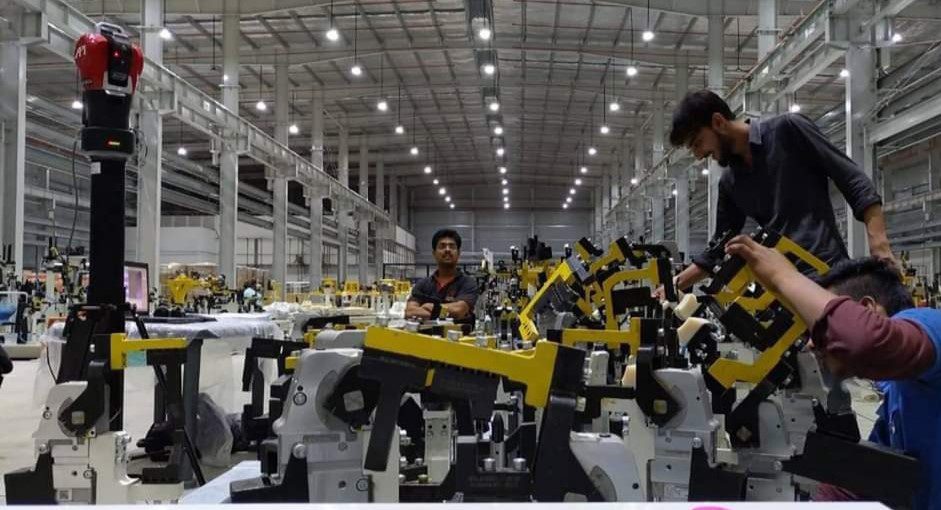
Overall, the API Services team completed 18 fixtures and 20 skids, staying on-site nearly two months to support ThyssenKrupp’s needs. By using Radian PRO and vProbe, the issues of speed, accuracy and possibility of human errors were minimized. Radian PRO is more accurate than the Dumpy Level, and the probability of errors was reduced to its minimum, up to 0.1 mm throughout the fixture plane. Additionally, Radian PRO helped to get quick results with zero damage to any valuable car parts.
API’s Radian PRO with vProbe are the best pair for measuring all dimensions in challenging conditions. The tracker’s 50-meter radial range can cover the whole fixture or skid in one location. vProbe can measure any hidden points or depth, and with a 300mm extension, it reduces human effort to reach the distant points/surfaces, thereby increasing efficiency. And the team of experienced Metrologists at API Services are experts, not only with API’s equipment, but in applications from all industries.
API Services is currently on call globally for the most challenging manufacturing projects in every industry to provide our customers with better accuracy, speed of work and efficiency.



